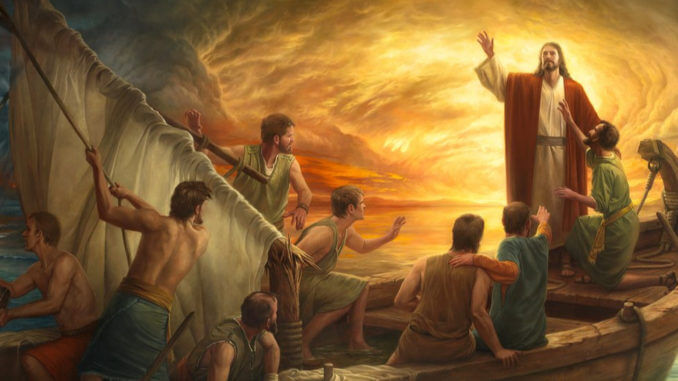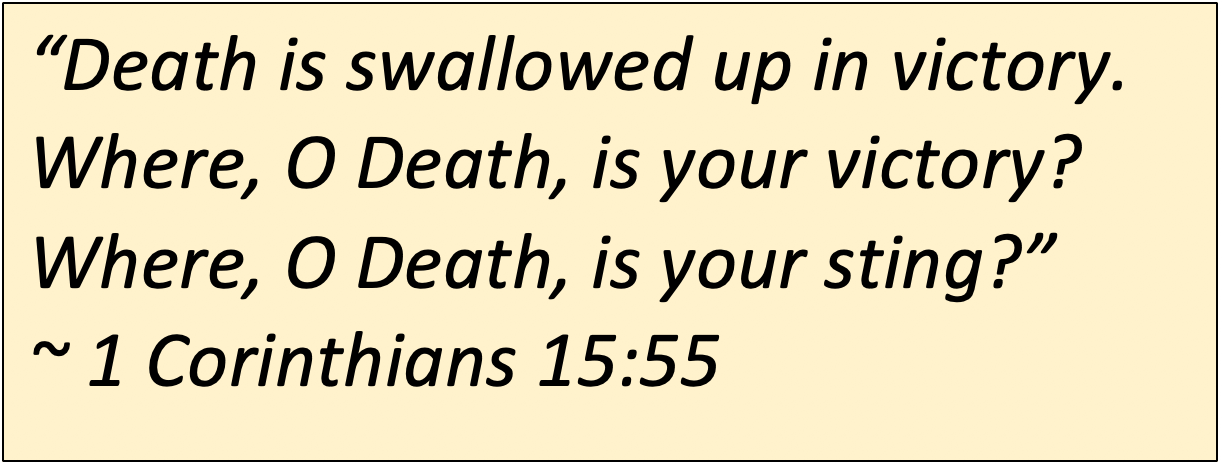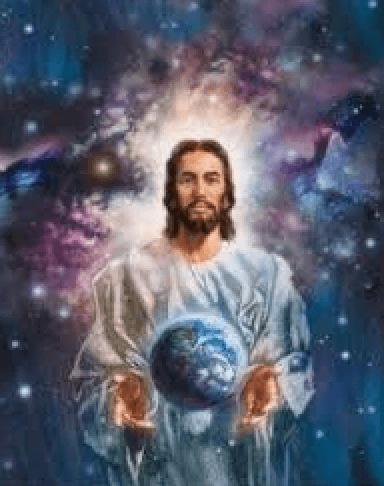
Jesus Christ is the very core of our faith and the ground of our belief and practice. The Holy Spirit dwelling within us is the active expression of that faith in word and action. Central to this belief is the truth that God became human in the person of Jesus to redeem the world. To say “the Word became flesh” (Incarnation) means that he was born of matter, having a human body like any one of us. He was like us in all things but sin.
The self-communication of God to the world in the person of Jesus Christ as a child of Earth is the linchpin that holds together the whole adventure of Christian faith.
Science tells us that human flesh, like that of Jesus and our own, was the result of a long, unfolding, evolutionary process. Like us, Jesus came from stardust. Like us, he shares the same genetic ancestry as bacteria, birds of the air fish from the sera, the great mammals, and the earliest forms of homo sapiens. Like us, he is kin with all of creation. This sharing of the natural world with Jesus confers a blessing not only on us, but on all of earthly reality. Indeed, matter is dignified by the presence of the earthly humanity of Jesus and endows it with a spiritual potency. Matter now becomes the bearer of God’s powerful spirit and the medium of new creation. What happened in a through the witness of Jesus Christ represents a new stage of what we are meant to become as human beings and what is intended for all of creation. Jesus Christ is the paradigm, or exemplar, of human life and of what we have the potential of becoming.
“We know that all creation is groaning in labor pains even until now; and not only that, but we ourselves, who have the first fruits of the Spirit, we also groan within ourselves as we wait for adoption, the redemption of our bodies.”
Paul to the Romans 8:22-23
The basic message proclaimed by the historical Jesus of Nazareth was the present reality of the “reign of God.” This message of good news is filled with countless examples drawn from the earthiness of a first century Palestinian milieu: grapes, thorn-bushes, figs and thistles, mustard seeds, and leaven.

More specifically, “the reign of God” centered on the possibility of a new relationship between God and humankind and all created reality. To the followers of Jesus, his teaching and healing acts spoke of a new time of transformation, when those who believed in his power could be “made whole.”
For this reason, those who were broken or fragmented physically, be they paralytics, lepers, deaf-mutes, blind, lame, or sick in whatever shape or form, looked with hope for this “wholeness.” In his acts of healing, Jesus offered a foretaste and pledge of what “salvation” would really mean. The healings that were signs of the “the reign of God” were hope-filled experiences of a ‘wholeness’ that was not merely physical, emotional, and spiritual but a new reordering with all of created reality.
We cannot say that, at the time, Jesus was concerned with ecological issues of the 21st century. But his words and deeds gave witness to the merciful compassion of a God who cares deeply about giving new life and wholeness to the created world in all of its forms.

Since the “reign of God’ embraces all, says Fordham University theologian Elizabeth A. Johnson, then this includes the planet itself, its many different ecosystems and the creatures that inhabit them. In a sense, all of creation is redeemed or “made whole,” as it evolves to its final destination.
Furthermore, to recognize our created evolving world as an expression of God’s self-giving love offers meaning and rich spiritual insight into the death and resurrection of Jesus. Did Jesus have to die to make us “whole?” Is pain, suffering, and ignominious crucifixion the only way to show his redeeming love for the world? Is this what a loving God asks of his Son? No! Redemption could have taken place in a totally peaceful form. Jesus was not exempt from the evolutionary process of death.
However, the principal reason for his mission on Earth was not to suffer and die. Such an idea glorifies suffering. God doesn’t need to be placated. Death for Jesus is the price he paid for the faithful commitment to his mission of preaching the reign of God, which he did with full freedom, fidelity, and self-emptying love. Death is always a prelude to new life. No death; no transformation to new life. Death on the cross is the way in which Jesus Christ has chosen to enter into full solidarity with all who suffer, giving us therefore a profound example of how love always triumphs over death. Pain and suffering, even death itself, will be overcome by self-giving love. But, the victory over death is only one part of the mystery of life; the other side is the promise of a new, transformed life. The Paschal Mystery signifies that all of us are on a journey to God in and through the redemptive love of Jesus Christ. He is the tip, the touching point, and in biblical words, “the first fruits” of the evolutionary movement. What happened in Jesus represents the fulfillment of what we are meant to be as human beings. He assures us that the strivings of our human nature, our quest for genuine truth, our search for true love, and our desire for the fullness of life can be realized. His Spirit power has been with us from the beginning. It does not leave us when we die. The evolutionary God has imprinted upon all of created reality this profound message, Life is stronger than death.
Questions for Discussion:
1. What does it mean to say that Jesus Christ is a paradigm, or exemplar, of created life?
2. How would you explain that the cruciform pattern of creation (i.e. pain, suffering, and death) is also a pattern of Christian life?
3. How do you understand or explain the inevitability of death in your life? What frightens you about that idea? How do you best cope with it?
